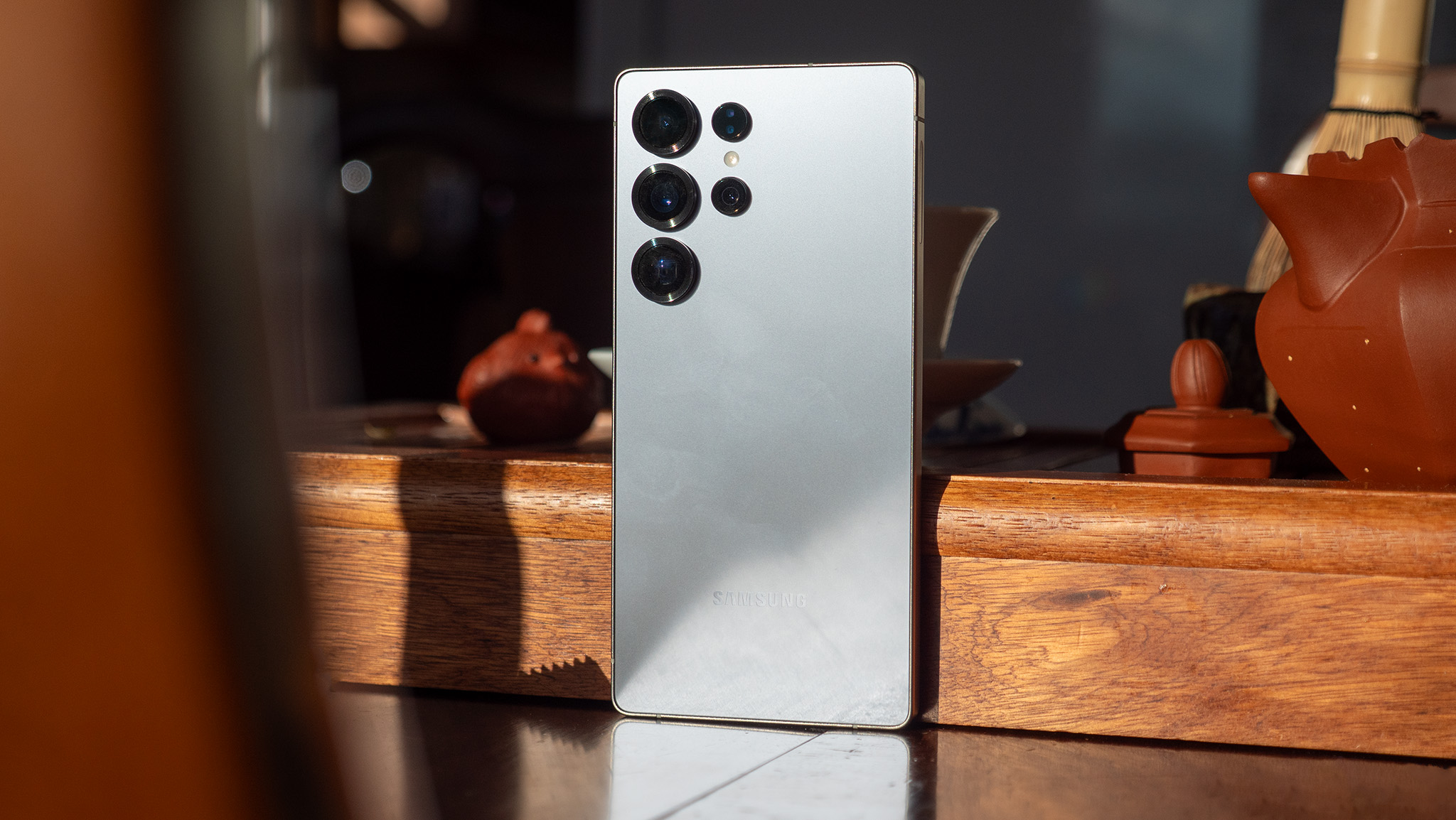Samsung Galaxy S20 Ultra vs. ROG Phone 2: Which 120Hz beast should you buy?
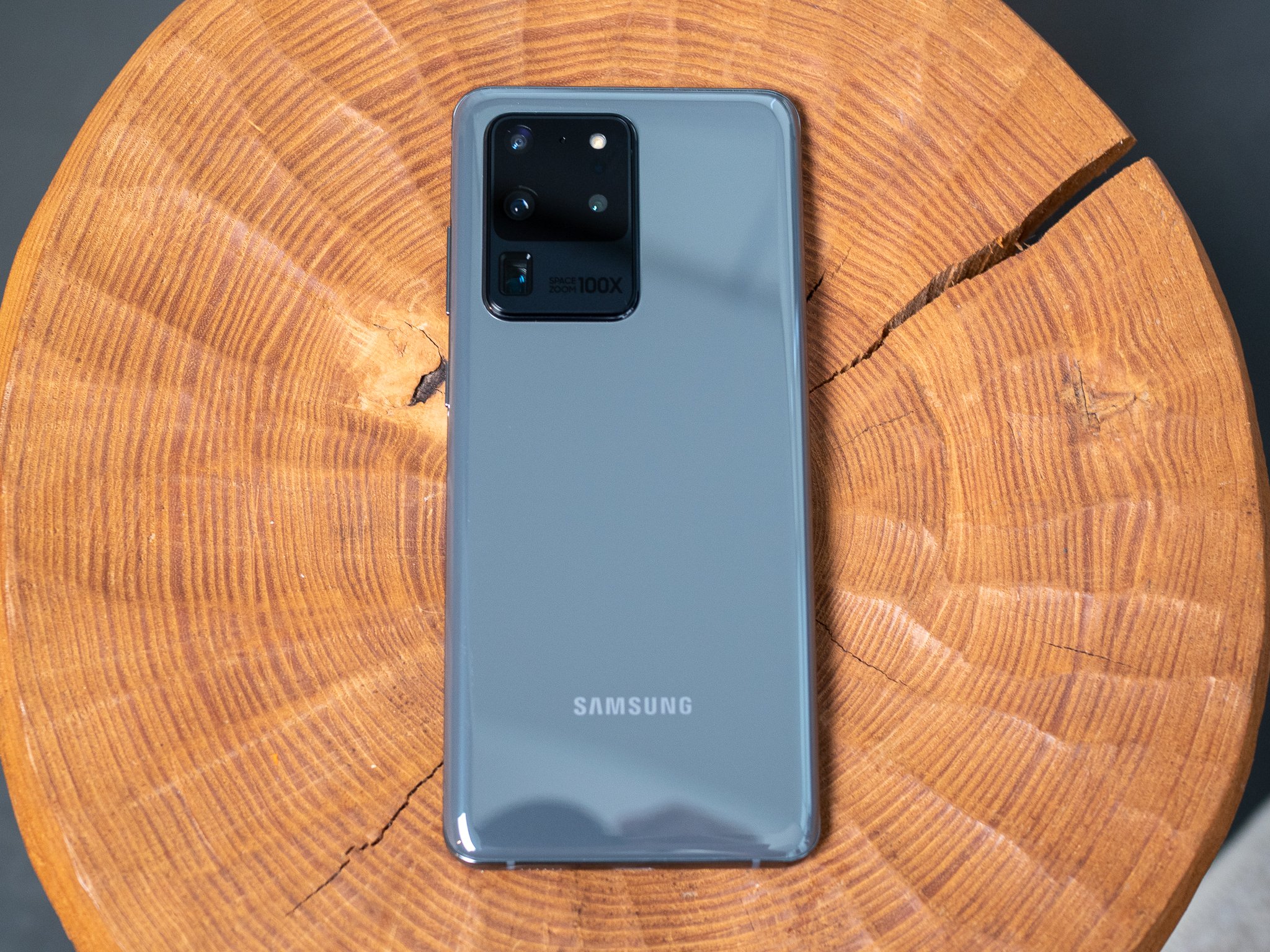
Samsung Galaxy S20 Ultra
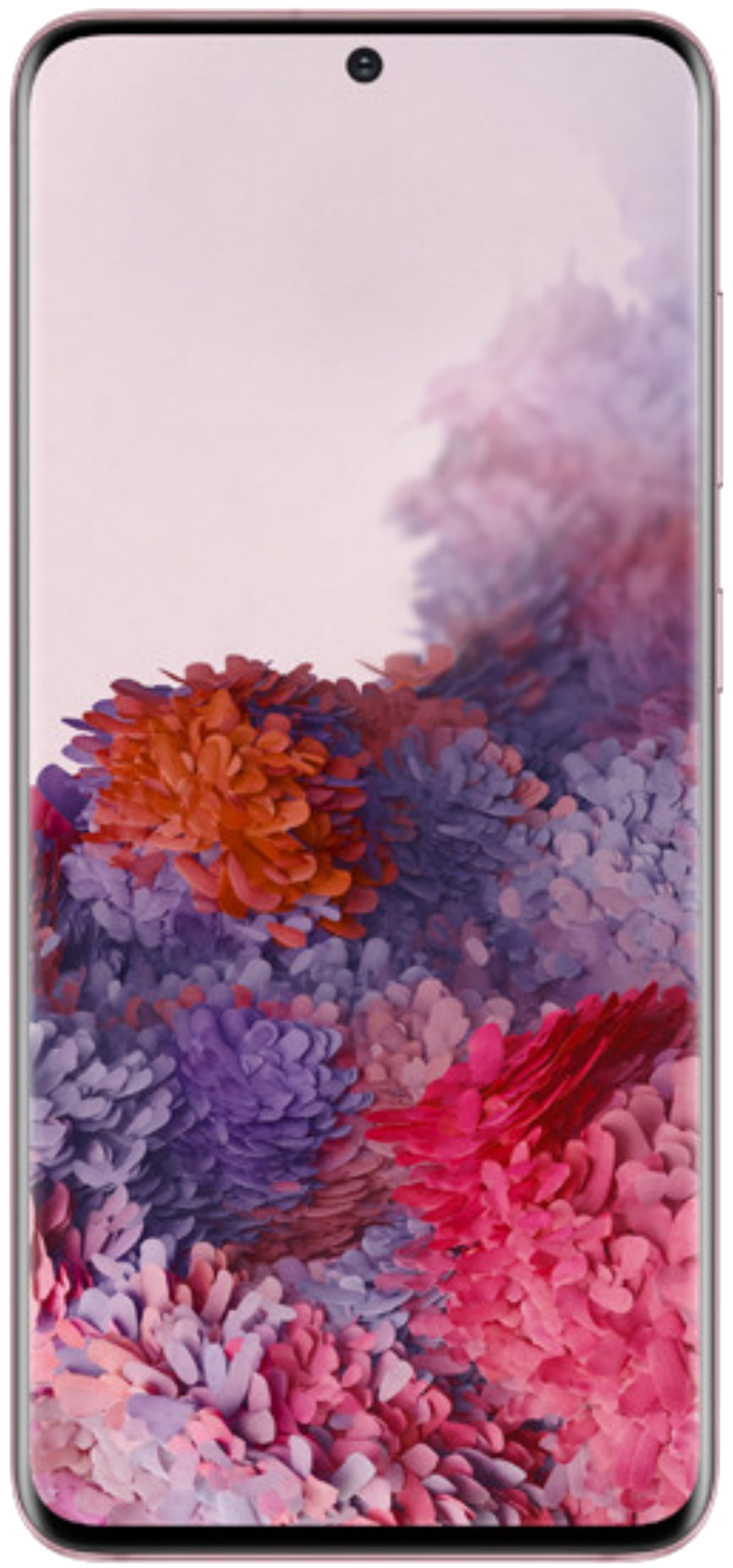
The Galaxy S20 Ultra is all about delivering the best possible hardware available today. There's a 120Hz AMOLED display, 5G connectivity with Qualcomm's latest Snapdragon 865 chipset, up to 16GB of RAM and 512GB of storage, and an innovative 48MP camera that offers 100x hybrid zoom. It costs more than any mainstream flagship for a reason, and if you want to be the first to try out all the latest features that phones have to offer, the Galaxy S20 Ultra is ideal for you.
Samsung Galaxy S20 Ultra
Reasons to buy
Reasons to avoid
ASUS ROG Phone 2
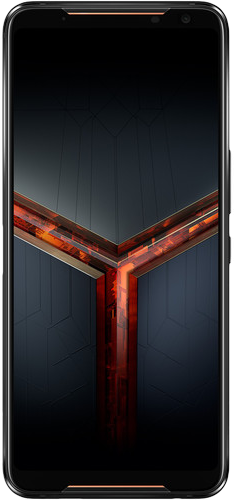
The ROG Phone 2 is designed for gamers, but it's a fantastic option for everyday use. The 120Hz AMOLED display is just as smooth as the one on the S20 Ultra, and the flat panel is ideal for gaming. The Snapdragon 855+ chipset is mated to a three-layer liquid cooling system to bring thermals down, and you get a massive 6,000mAh battery. It may not have all the bells and whistles, but if you're after a 120Hz panel and great battery life, look no further.
ASUS ROG Phone 2
Reasons to buy
Reasons to avoid
Thanks to a combination of stellar hardware and outstanding battery life, the ROG Phone 2 is currently the gaming phone to beat. Samsung isn't positioning the S20 Ultra as a gaming phone, but with a 120Hz display and the latest internal hardware, it is an absolute joy to play games on Samsung's latest flagship. Let's see what you're getting with both phones, and which you should pick up.
The Galaxy S20 Ultra outclasses the ROG Phone 2 in several areas
If there's one phone from 2019 that could hold its own next to the Galaxy S20 Ultra, it would be the ROG Phone 2. ASUS' gaming monster also has a 120Hz AMOLED display, top-notch internal hardware with liquid cooling, and a monstrous battery that continues to deliver two days of usage.
But that still isn't enough. The Galaxy S20 Ultra is in a league of its own when it comes to the internal hardware, and there just isn't any phone out there that offers quite as much. The highlights include a 120Hz AMOLED display, Snapdragon 865, up to 16GB of RAM, a 48MP camera that does 100x hybrid zoom, and 45W fast charging.
Then there's the cameras: Samsung is introducing serious upgrades this year, with a 48MP camera offering 10x optical zoom and 100x hybrid zoom. There's also a 108MP primary camera, a wide-angle lens, and a 40MP camera at the front for selfies. In this area, the S20 Ultra thoroughly muscles the ROG Phone 2 around.
| Header Cell - Column 0 | Samsung Galaxy S20 Ultra | ASUS ROG Phone 2 |
|---|---|---|
| Operating system | Android 10 One UI 2.0 | Android 10 ZenUI |
| Display | 6.9-inch 120Hz Dynamic AMOLED 3200x1440 (20:9), HDR10+ Gorilla Glass 6 | 6.59-inch 120Hz AMOLED 2340x1080 (19.5:9) HDR10 Gorilla Glass 6 |
| Chipset | Snapdragon 865 1 x 2.84GHz A77 3 x 2.42GHz A77 4 x 1.80GHz A55 Adreno 650 7nm | Snapdragon 855+ 1 x 2.96GHz Kryo 485 3 x 2.42GHz Kryo 485 4 x 1.80GHz Kryo 485 Adreno 640 7nm |
| RAM | 12GB/16GB LPDDR5 | 8GB/12GB LPDDR4X |
| Storage | 128GB/512GB UFS3.0 | 512GB/1TB UFS3.0 |
| MicroSD slot | Yes | No |
| Rear camera 1 | 108MP, f/1.8 0.8um, OIS Dual Pixel PDAF | 48MP, f/1.8 EIS 4K at 60fps |
| Rear camera 2 | 48MP, f/3.5 OIS, telephoto 10x optical/100x hybrid zoom | 13MP, f/2.4 Wide-angle lens |
| Rear camera 3 | 12MP, f/2.2 1.4um, wide-angle | No |
| Rear camera 4 | ToF sensor | No |
| Front camera | 40MP, f/2.2 Autofocus, 4K video | 24MP, f/2.2 Panorama selfie |
| Connectivity | 5G NSA, Sub-6/mmWave Wi-Fi ax 4x4 MIMO, Bluetooth 5.0 AptX HD, LDAC, NFC, A-GPS | Wi-Fi ac 2x2 MIMO, Bluetooth 5.0 AptX HD, NFC, A-GPS |
| Audio | USB-C Stereo speakers | 3.5mm jack Stereo speakers |
| Battery | 5000mAh Non-removable | 6000mAh Non-removable |
| Charging | USB-C PD 45W fast charging 15W wireless charging | USB-C 3.1 30W fast charging |
| Water resistance | IP68 | No |
| Security | In-display fingerprint (ultrasonic) | In-display fingerprint (optical) |
| Dimensions | 167 x 76 x 8.8mm 220g | 171 x 77.6 x 9.5mm 240g |
| Colors | Cloud Blue, Cloud Pink, Cosmic Gray, Cosmic Black | Matte Black, Glossy Black |
The ROG Phone 2 has a 120Hz AMOLED display, but the resolution is FHD+ (2340x1080) and not QHD+ (3200x1440) as is the case with Samsung's flagship. That said, to use the 120Hz refresh on the S20 Ultra, you'll need to lower the resolution to Full HD+. The Galaxy S20 Ultra manages to deliver more vibrant colors and HDR10+, and the larger 6.9-inch screen makes it the ideal showcase for games and movies.
Get the latest news from Android Central, your trusted companion in the world of Android
Samsung is drawing a line in the sand here: the Galaxy S20 Ultra is the phone to beat in 2020.
Even though the ROG Phone 2 is sporting a more modest 6.6-inch screen, it's 4mm taller than the S20 Ultra. That's because of the large bezels at the top and bottom of the screen, which ASUS says was intentional. As the phone is designed for gamers, the bezels ensure there's enough room for you to rest your fingers when playing. There are other thoughtful changes here: the screen is flat and you get booming sound from the stereo speakers.
The design is clearly aimed at gamers, so you'll also find RGB lighting on the back. The aggressive lines and bold styling may not be to everyone's tastes, but it definitely makes the phone stand out. The ROG Phone 2 is available in two color options, as long as the color you're looking for is black. There's a model with a matte finish and the standard variant has a glossy back.

The S20 Ultra has a more mainstream design, with Samsung introducing minor tweaks to its design aesthetic. The major design change is the square camera housing at the back, and the cutout for the front camera. The S20 Ultra is also more manageable in-hand, and while it comes in at 220g, it is 20g lighter than the ROG Phone 2.
The main reason for the sheer heft of the ROG Phone 2 is the massive 6,000mAh battery and the three-layer liquid cooling system, which has a noticeable difference during extended gaming sessions. The internal hardware is also plenty decent, with 12GB of LPDDR4X RAM combined with 512GB of internal storage.
You're actually getting a decent value with the ROG Phone 2. It has robust hardware that will easily last a few years, and the 512GB of storage is the same as the high-end model of the S20 Ultra. The base variant of Samsung's flagship — which retails for $1,400 — has 128GB of storage along with 12GB of LPDDR5 RAM. If you want 512GB of storage, you'll need to pay even more for the high-end option, which has an incredulous 16GB of RAM.
The ROG Phone 2 is a battery monster, and the flat AMOLED display is wonderful for playing games.
The ROG Phone 2 also has a 3.5mm headphone jack, and you even get pressure-sensitive shoulder buttons that can be configured with in-game actions. The biggest selling point of the phone is its battery life: thanks to a monstrous 6,000mAh battery and an FHD+ screen, you'll routinely get over two days' worth of use from a full charge.
You'll also find a cleaner software interface on the ROG Phone 2. ASUS has made considerable changes to ZenUI over the last two years, and it now emulates what you get with an Android One phone. There's no clutter anywhere, and animations are smooth. Samsung's One UI 2.0 has a lot of exciting features, but the interface is still heavily customized.
That said, if you're interested in 5G and want the absolute latest hardware, you'll have to go with the S20 Ultra. The Snapdragon 865 chipset has sizeable gains over the 855+, and you get 5G connectivity over sub-6 and mmWave. If you're plonking down $1,400 on a phone, you'll ideally want to use it for a few years, and having 5G connectivity will make a difference a few years down the line.
The S20 Ultra also has extra features that you'll end up using. There's 15W wireless charging, and the ability to charge other devices wirelessly at 9W. There's also IP68 water resistance, ensuring you don't have to worry when you're at the pool. You don't get either of these features on the ROG Phone 2.
Both great options here, but you get more with S20 Ultra
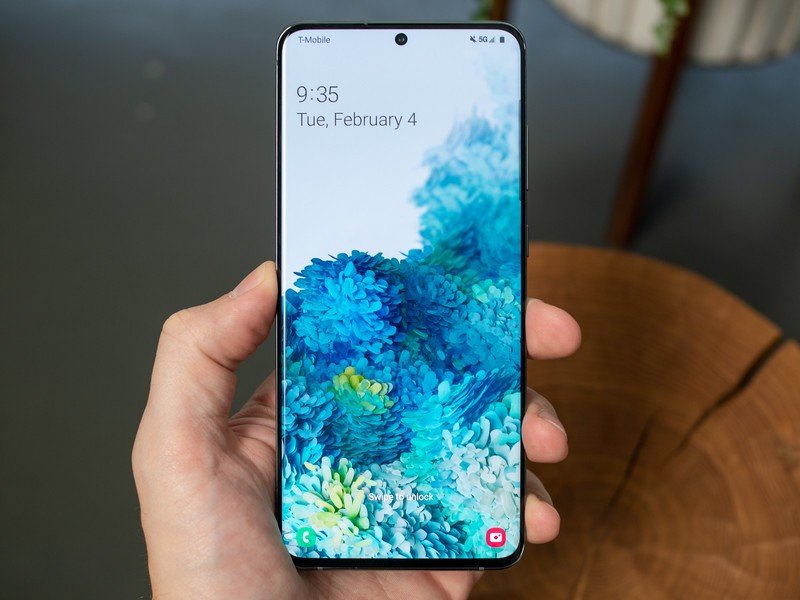
The Galaxy S20 Ultra costs $500 more than the ROG Phone 2. For that price, you're getting a higher-res QHD+ screen, newer Snapdragon 865 chipset, 5G connectivity, LPDDR5 RAM, excellent new cameras with 100x hybrid zoom, wireless charging, and IP68 water resistance.
You can't go wrong with either option here — it's all down to how much you value the extra features on the S20 Ultra.
So while you're paying a lot for the S20 Ultra, you are getting a laundry list of features with the phone. The camera in particular is a point of differentiation this year, and if you take a lot of photos, the S20 Ultra is the obvious choice. There's also the fact that the phone has a more vibrant 120Hz display, 5G connectivity over both sub-6 and mmWave, and 45W fast charging.
The ROG Phone 2 is still one of the best phones around, and its 48MP camera takes decent enough shots. If you're not that keen on having the best camera but value battery life more, look no further. The 6000mAh battery absolutely delivers on this front, and the 120Hz flat FHD+ screen is just great for playing games or consuming content.
Overall, there's no bad choice here. Both phones feature stunning 120Hz panels and deliver incredible performance. It comes down to how much you're willing to shell out, and what you prioritize in a phone.
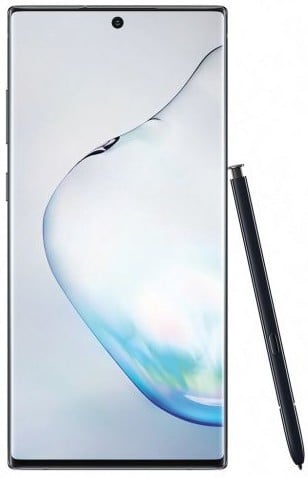
All the latest tech — and then some
The Galaxy S20 Ultra stands tall over other phones thanks to a heady mix of hardware that includes a 108MP camera, 120HZ AMOLED display, 5G connectivity, LPDDR5 RAM, and a 5000mAh battery. You're getting the latest features here, encased in a design that has been refined over the last three years.

The best gaming phone money can buy today
If you want a phone for gaming, then the ROG Phone 2 should be at the top of your list. Its liquid-cooled internals will let you game without any issues, and the massive 6000mAh battery will let you play for longer. The 120Hz display is sublime, the software is free of any clutter, and you're getting great value all things considered.

Harish Jonnalagadda is Android Central's Senior Editor overseeing mobile coverage. In his current role, he leads the site's coverage of Chinese phone brands, networking products, and AV gear. He has been testing phones for over a decade, and has extensive experience in mobile hardware and the global semiconductor industry. Contact him on Twitter at @chunkynerd.
